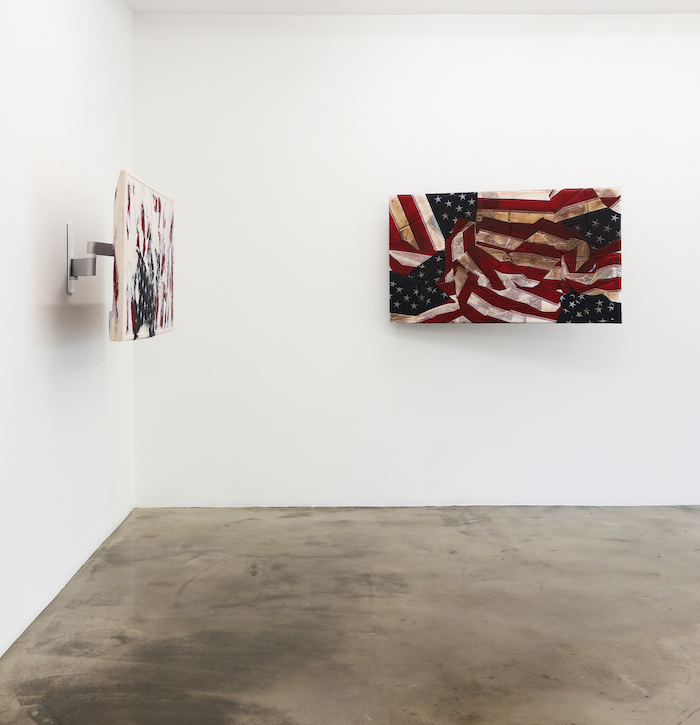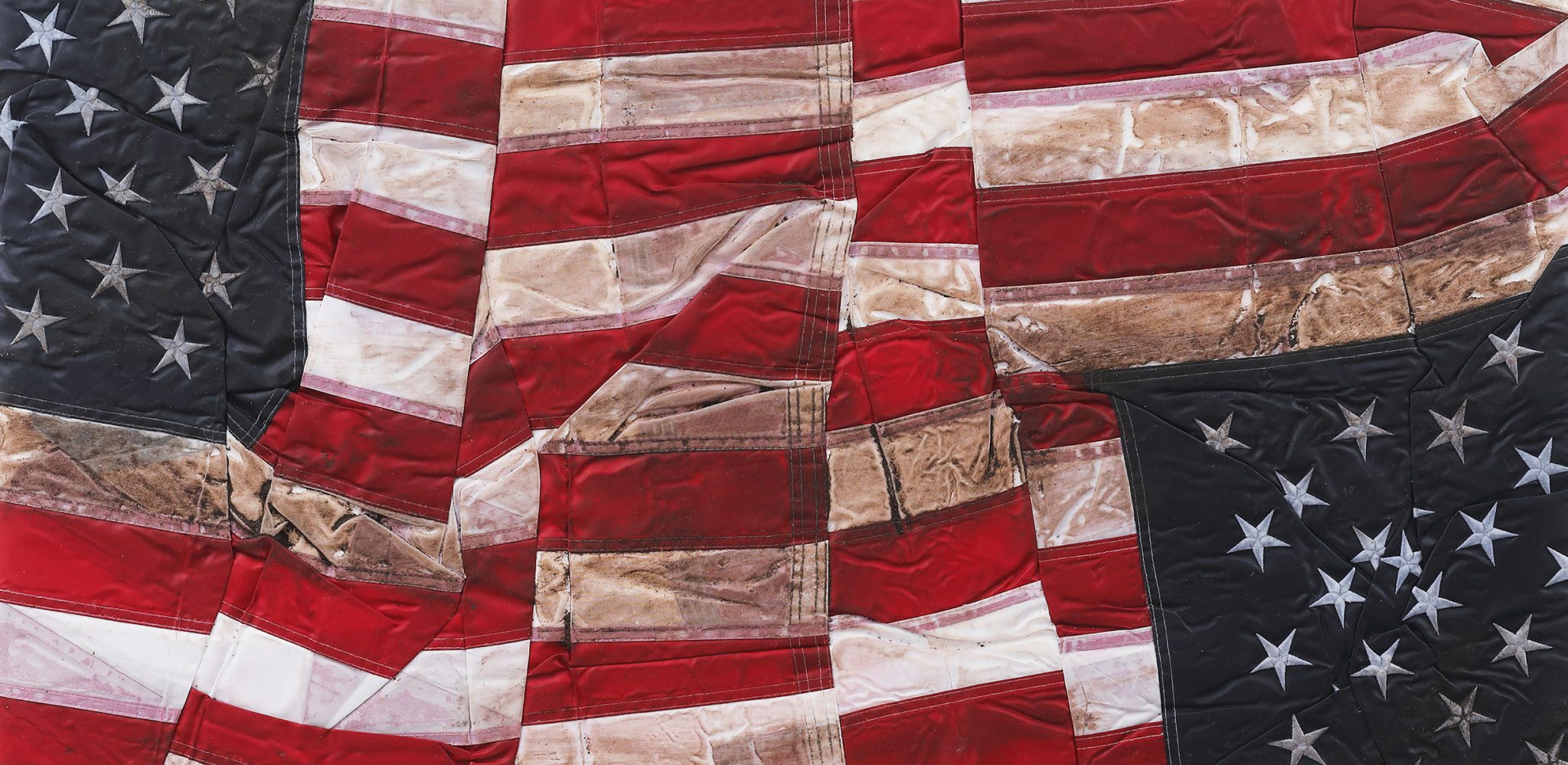Locked down in the UK, the critic still manages to visit a show in Seoul
It seems like a long time since I took a train; even longer since I stepped into a gallery. Suddenly everything seems so far away. One’s sense of place and proximity take a hit during ‘lockdown’. We hear of galleries reopening in Germany, for example, but in the UK, for the time being, we’re still stuck inside. A walk in the sunlight to the inside of my local supermarket is what constitutes travel and entertainment these days.
That lack of access to public space, as I suggested in a previous article, weighs heavy on the contemporary artworld at the moment. For a critic, ‘doing the rounds’ – trying to see as much of what’s on show as possible – is part of the job description. Following familiar artists as they essay new things, and discovering artists and works you’d never heard of, are the rewards of this happenstance process. So with that possibility suspended, I’ve turned to checking out virtual shows. Just to keep my hand in. Just to get out a bit.
Detached from any requirement for physical movement, ‘doing the rounds’ produces a sense of vertigo. One minute I’m in Seoul, the next in New York, then Antwerp, then Hong Kong. And yet I’ve never moved. But nevertheless, the reflexes of being a critic – of watching out for familiar artists’ names while being curious about those you’ve never heard of – kick in. Dropping in on Various Small Fires’s Seoul branch (I mention this only inasmuch as such geographies count when they are mapped in clicks rather than airmiles), one finds Josh Kline’s stark and ominous Alternative Facts – wall-mounted casts of flatscreen televisions, wrapped and encrusted with the American flag. It’s a simple, brutal gesture – screens are now the source of ‘fake news’, objects that we no longer trust as points of access to ‘truth’. Kline’s messed-up Stars and Stripes obliterates this ‘window’ in a declaration of its own chaotic power and, perhaps, as a mournful tribute to the global utopian goals that the screen used to represent. Moreover, when presented in Korea (where other people can go and see the show for real, by appointment), where US power has been a constant in postwar politics, Kline’s monitors hint at the frayed, though still global, influence of the American superpower.

Kline’s show, however, makes me acutely aware that the artworld always likes to comment on the political of the world ‘outside’ its own distinct circuits (of which this article and the website it’s hosted on are a part). Those media circuits make art visible across thousands of kilometres, allowing physical objects made by artists to have conversations with us about what’s ‘going on in the world right now’. Such circuits give access to the work, but do they still need a work that exists, somewhere? After all, do we really need to see Kline’s works ‘in the flesh’? Couldn’t artists just write about US power, or simply make two-dimensional, online-only images about it? Perhaps it’s the mix of lockdown fever and VR vertigo talking, but the paradox is that these physical objects – these epoxy-resin-caked, nylon-flag-wrapped flatscreen monitors – are so weirdly particular that even seen in reproduction, inside a 3D reproduction of a space, they explain themselves, despite all that fakery, as stubbornly material objects – things first, images next – and that this has its own discursive value.

Kline, I suspect, is wise to this. His Reality Television works (as most of the works shown here are titled, all from 2020) have too much of the all-over look of American Abstract Expressionist painting (with additional art-history-nerd references to Jasper Johns) not to be seen as references to other endlessly reproduced art-objects . And the history of Abstract Expressionism, as a tool in US Cold War power games during the 1950s and 1960s, is another vague shadow that inhabits these works. Meanwhile, his dysfunctional screens, presented to us through and on screens, alert us to the fact that images are representations of what’s going on in reality, not reality itself. That the flags wrap the monitors front and back – curtailing any sense of there being something fictitious or imaginary ‘through’ the screen – brings us back to the sheer, opaque and (eventually) brute physical nature of political power, beyond the shifting, unreliable imagery that flickers to legitimate it.
Josh Kline, Alternative Facts, Various Small Fires, Seoul, 11 April – 13 June, 2020
